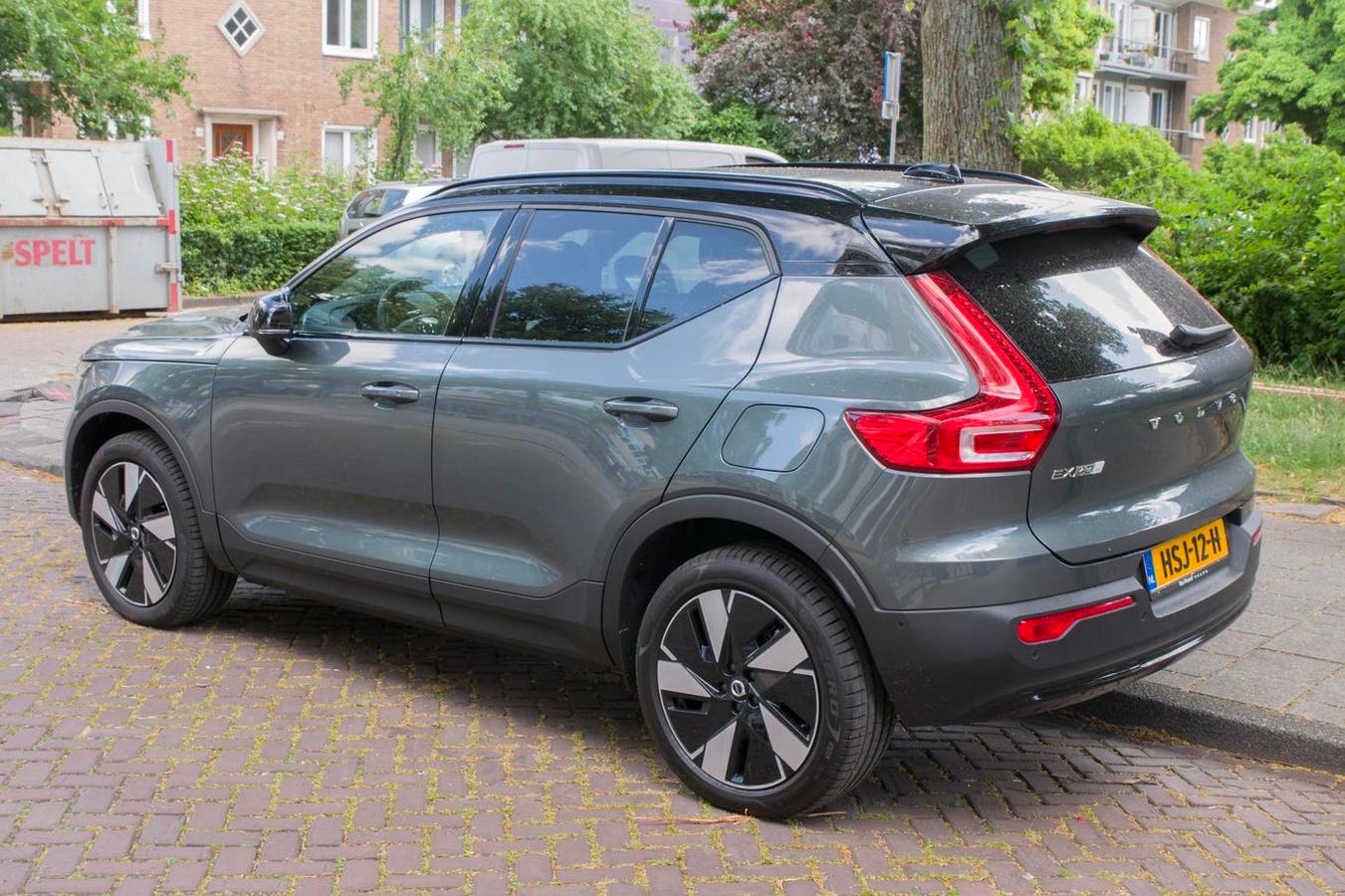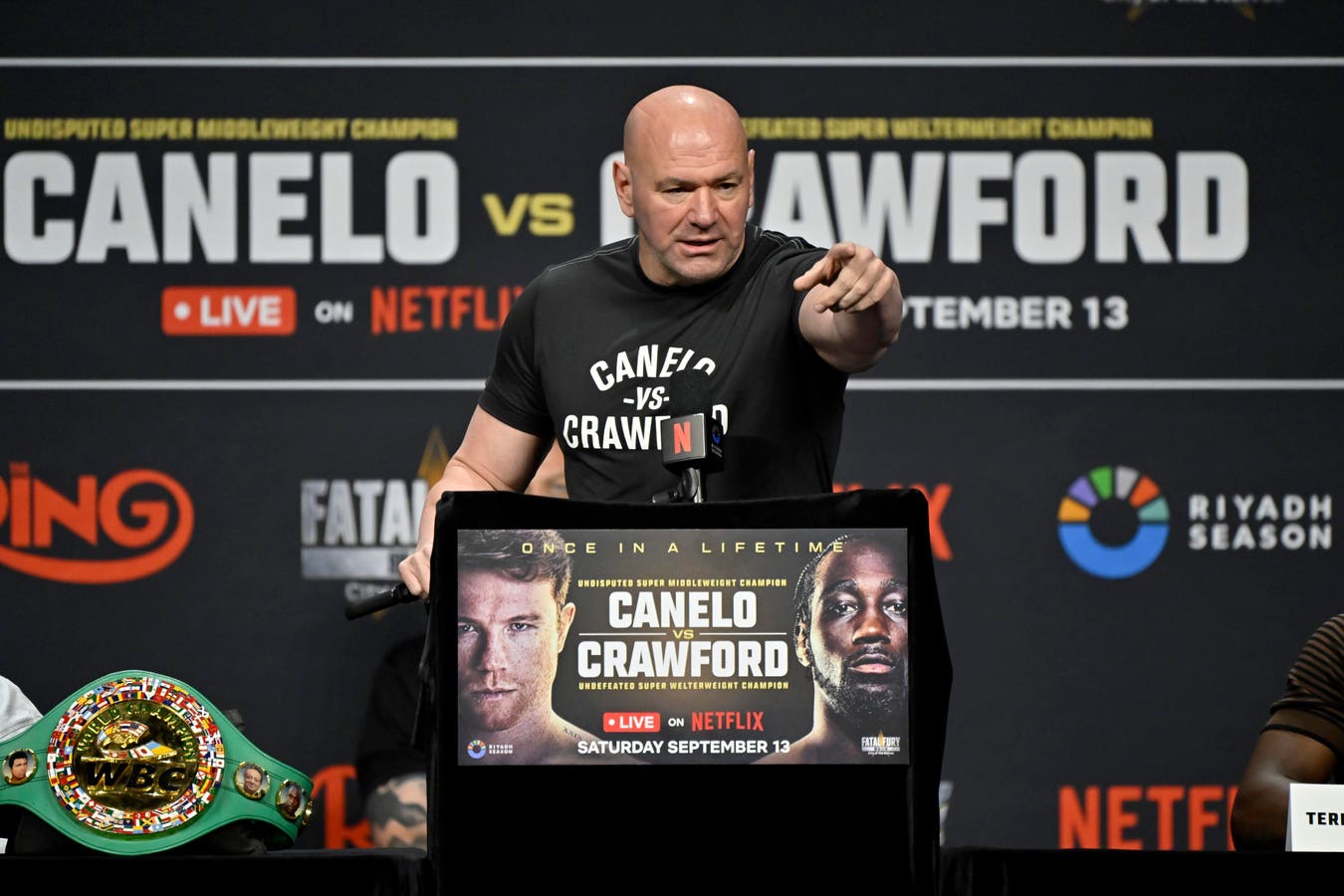Volvo EX40. Amsterdam The Netherlands 23 June 2025
getty
Volvo, struggling in an automotive market undermined by weak sales, Chinese competition and tariff upheavals, needs solid sales from core models like XC60 SUV and the electric EX30 and EX40 (see review) to return to profitability.
Volvo retains its awesome reputation for safety, but its sustainability claims have taken a hit since it postponed its plan to make only electric vehicles by 2030. Volvo invented the three-point seatbelt in 1959, crumple zones in the 1960s, and inflatable curtain airbags late in the 1990s.
Volvo is owned by Chinese giant Zhejiang Geely Holding Group and faces myriad problems like just about every big Western carmaker. Sales are sliding in Europe. It recently removed its CEO and reverted to Hakan Samuelsson. It lost about €1 billion ($1.2 billion) in the second quarter and has started a cost-cutting program. Electric vehicle sales aren’t up to expectations and lack profitability. U.S. tariffs are forcing it to move production of the big-selling XC60 SUV to the U.S. plant in Ridgeville, South Carolina. EX30 output has been moved to Belgium from China to avoid EU tariffs.
U.S. plant underused
French automotive consultancy Inovev said the U.S. plant has been underused, with 16,000 cars produced in 2024 compared with its 150,000 capacity. This plant also makes the EX90 SUV and the Polestar 3 SUV. Geely owns Polestar, British sportscar maker Lotus, Chinese brands Lynk & Co and Zeekr, electric taxi maker London Electric Vehicle Co, commercial vehicle maker Farizon Auto, and half of Malaysia’s Proton carmaker.
Frank Schwope, automotive industry lecturer at the University of Applied Sciences FHM Berlin, describes Geely as a complex brand conglomerate.
“Volvo stands out to a certain extent. However, the brand is somewhere in the middle of the pack, not really a premium manufacturer, but far too small to be a true mass producer,” Schwope said in an email exchange.
Volvo Owner Has 10% Mercedes Stake
“In addition, the Polestar brand is causing confusion. It is quite possible that these two brands will move closer together in the future. Geely Group has a lot of money and staying power. In addition, Geely owner Li Shufu is a 10% shareholder in Mercedes-Benz. It is quite possible that Volvo and Mercedes-Benz will also work more closely together in the future,” Schwope said.
Volvo EX30 (Photo by JADE GAO/AFP via Getty Images)
AFP via Getty Images
Volvo abandoned its all-electric-only pledge by 2030 last year and replaced it with 90 to 100% of sales to be “electrified” by that date. That means plug-in hybrids, regular hybrids and gasoline-powered “mild hybrids”, as well as EVs.
Sales in Europe were sharply lower in the first half of 2025 – down to 170,100 from 2024’s 195,000 – in an overall market which slid 1.9%, according to the European Automobile Manufacturers Association (ACEA). Volvo’s U.S. sales were up 6% to 64,700 in the first half compared with the same period last year.
Too many models, too many variants
Volvo’s critics say it has too many models and variants and needs to appeal to a broader range of customers. According to Automotive News, Volvo has already started rationalizing its U.S. range, removing slow-selling sedans and wagons and concentrating on gasoline-powered SUVs which can also be said to be “electrified”. The EC40 electric SUV has been stopped, while the larger EX40 will continue through 2028. The smaller EX30 is likely to be the lead-selling EV, according to Automotive News.
Volvo has high hopes of the EX30. Last year it sold 69,000 in Europe. This is expected, according to Inovev, to slide to 45,000 for 2025. But Ghent production should allow lower prices and a surge in sales in 2026.
Gabriel Juhas, Head of Product at Germany’s Dataforce, said there is no easy future for Volvo, and much depends on Geely’s plans.
“With the EX30 Volvo managed to conquer new groups of customers, but still with their current model line-up and the resurging competitors from Europe and China it won’t get any easier, so I don’t think that will be enough,” Juhas said.
“Even postponing the EV-only plans for 2030 and concentrating on hybrids might not be enough. From my point of view it’s all about Geely’s decision if they want to weather the storm with Volvo or not.”
Sales target looks elusive
“As Europe was the only market they were growing in 2025 and now they’re approximately 15% down in the first half of 2025, I doubt they’ll manage to reach their initial 1 million (global) vehicles target in the near future or by 2030,” he said in an email exchange.
An analyst who declined to be named agreed the EX30 was pivotal for Volvo to reach its 2025 target of 800,000 to 850,000 sales. The analyst pointed to problems with the big and expensive EX90 electric SUV, with a starting price of more than €80,000 ($94,000 after tax) in Europe. This analyst cautioned that moving the EX30 to Belgium will increase costs and raises questions about Volvo’s competitive pricing ability.
Volvo targets an EBIT (earnings before interest and tax) profit margin of between 7 and 8% by 2026 and cost control is the key to profitability. This requires solid sales from Volvo’s top performers the EX30, EX40 and XC60, the analyst said.
Volvo EX40 Single Motor Extended Ranger RWD Ultra
Electric motor – 252 hp
Torque – 420 Nm
Battery – 78 kWh
Drive – rear wheels
Acceleration – 0-60 mph 7.1 seconds
Top speed – 112 mph
Price – £58,410 ($79,000 after tax)









